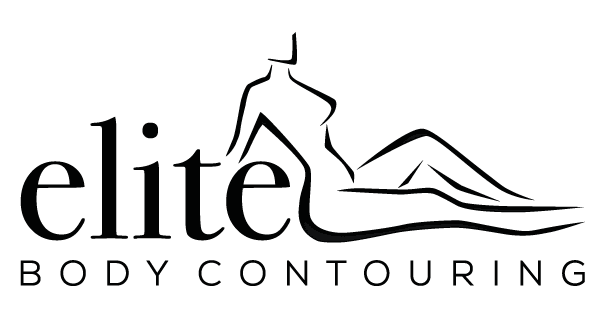
RF Microneedling vs Traditional Microneedling: The Benefits Of Radiofrequency
In the realm of skin rejuvenating treatments, microneedling stands out as a game-changer. It’s safe, minimally invasive and requires little to no downtime.
One innovation that has been making waves is Radiofrequency (RF) Microneedling. This technique combines the proven benefits of traditional microneedling with the added power of radiofrequency technology.
In this blog, we’ll explore the differences between the two treatments, their benefits and how they work.
What is traditional microneedling?
Traditional microneedling is a non-surgical skin tightening and renewing treatment. It involves creating tiny holes in the skin to prompt its natural healing response and generate new collagen.
Collagen is a protein produced naturally by the body. It serves as the primary structural component of the skin, ligaments, tendons and cartilage and is responsible for keeping the skin plump, strong and voluminous.
As one ages, the body gradually produces diminishing amounts of new collagen. As a result, the skin becomes thinner and less elastic.
Traditional microneedling encourages the growth of new collagen and elastin, rejuvenating the skin. This process leads to reduced acne scarring and wrinkles while also promoting a brighter, more even skin tone.
How it works
Microneedling can be conducted by a plastic surgeon, dermatologist or aesthetician. Prior to the procedure, a therapist will carefully assess your skin, review your health history and discuss your goals.
Your therapist will use a hand-held roller or an electric tool with tiny needles to create holes, or “micro-channels”, in the skin. The needle lengths, typically ranging from 0.5 to 2 millimetres, can be adjusted based on specific treatment goals and areas of the skin.
During microneedling, you may experience a warm or scratching sensation on your face. There may also be slight discomfort, especially when the needles are close to bony areas like cheekbones.
Depending on the size of the treated area, the procedure may take 15 minutes to a few hours. While microneedling is often performed on the face, it can also be done on the legs, back, neck or any region with noticeable signs of scarred, damaged or ageing skin. People typically require multiple microneedling sessions, with intervals ranging from three to eight weeks apart.
What is radiofrequency microneedling?
RF microneedling is like traditional microneedling, but with an extra step. The needles release controlled thermal energy deep into the skin. This gentle heat boosts the production of collagen, elastin and hyaluronic acid more effectively than traditional microneedling alone.
The additional RF energy also warms the layers beneath the skin, leading to further skin tightening. RF microneedling can be performed in various areas, such as the face, back, arms, neck, thighs and abdomen.
What are the benefits of RF microneedling?
- It can penetrate deeper into the skin
While traditional microneedling mainly affects the skin’s skin layer (epidermis), RF microneedling goes deeper into the dermis, where your body’s collagen and elastin can be found. This depth allows for more potent effects.
- Helps reduce wrinkles and fine lines
This non-surgical skin tightening treatment diminishes fine lines by boosting collagen for skin plumping. Since RF energy can penetrate deeper skin layers, it can address more severe lines and wrinkles.
- Helps treat acne scars
When sizable, pus-filled acne cysts penetrate deeply into the skin, they may damage the surrounding skin tissue. Scarring occurs when an insufficient amount of collagen is generated during the healing process.
Acne scarring can form resistant, rough patches on the skin that traditional microneedling may struggle to address. RF microneedling, however, is more effective in breaking up tough, damaged skin compared to needle punctures alone.
- Customisable to your needs
The RF microneedling process can be customised to align with your specific treatment objectives. The number of needles and their depth can be adjusted based on individual factors like desired results and skin condition.
At Elite Body Contouring, we suggest undergoing three to five sessions spaced four to six weeks apart for superior outcomes. During your initial consultation, our therapists will analyse your needs and personalise a treatment plan.
- Improves skin tone and texture
Another benefit of RF microneedling is its ability to eliminate dead or damaged skin cells that contribute to hyperpigmentation. By promoting cell turnover and collagen synthesis, it can address issues like uneven skin tone and rough textures, resulting in flawless, glowing skin.
Traditional or radiofrequency microneedling: Which is better?
Although both have their respective benefits, RF needling tends to yield superior results. Thanks to the integration of radiofrequency energy, it stimulates collagen, tightens the skin, and addresses various skin concerns more effectively.
The RF microneedling process uses two types of microdamage: needle penetration and heat emission, allowing precise customisation for treating scarring and skin tightening across all skin tones and types.
Ultimately, RF microneedling is a powerful revitalising method that enhances overall skin health. Even if you don’t have specific skin concerns, this treatment can still provide numerous benefits and help you achieve more youthful and radiant complexion.
Experience the transformative benefits of RF microneedling
At Elite Body Contouring, we offer safe and effective radiofrequency microneedling. We also offer RF face and body skin tightening procedures.
Since 2015, we’ve helped over 40,000 clients in Australia achieve their body goals with our specialised treatments. We employ technology that has been clinically proven and certified by the Therapeutic Goods Administration (TGA), ensuring our services meet the highest standards.
Book a free consultation now and say yes to a more radiant, confident you!



